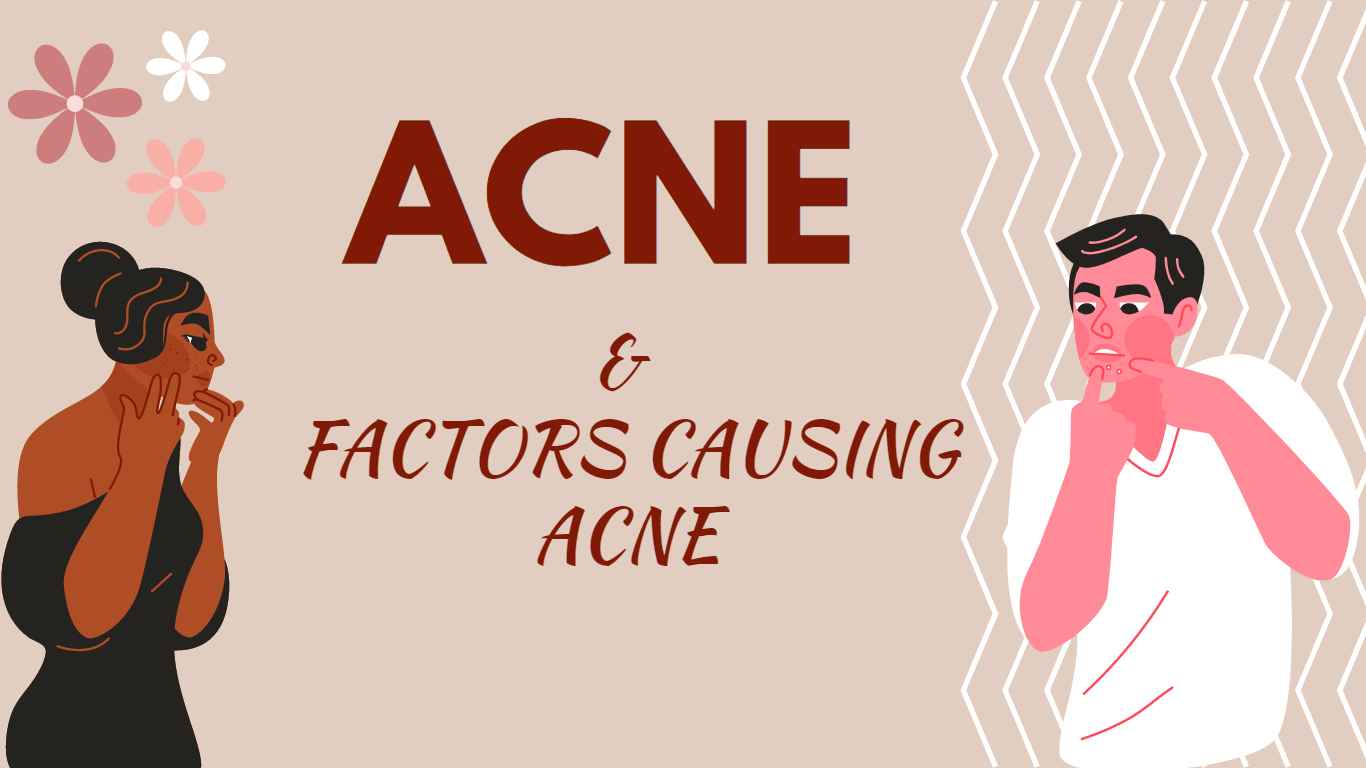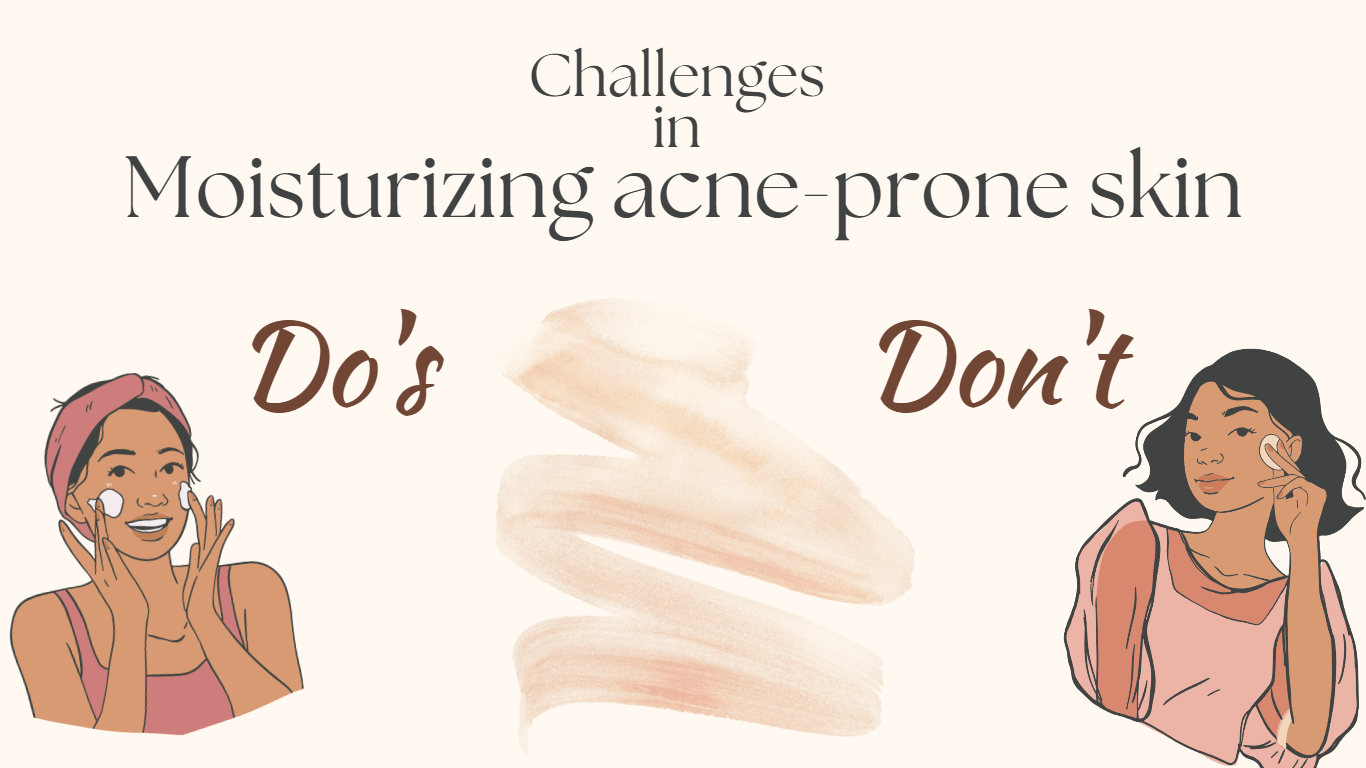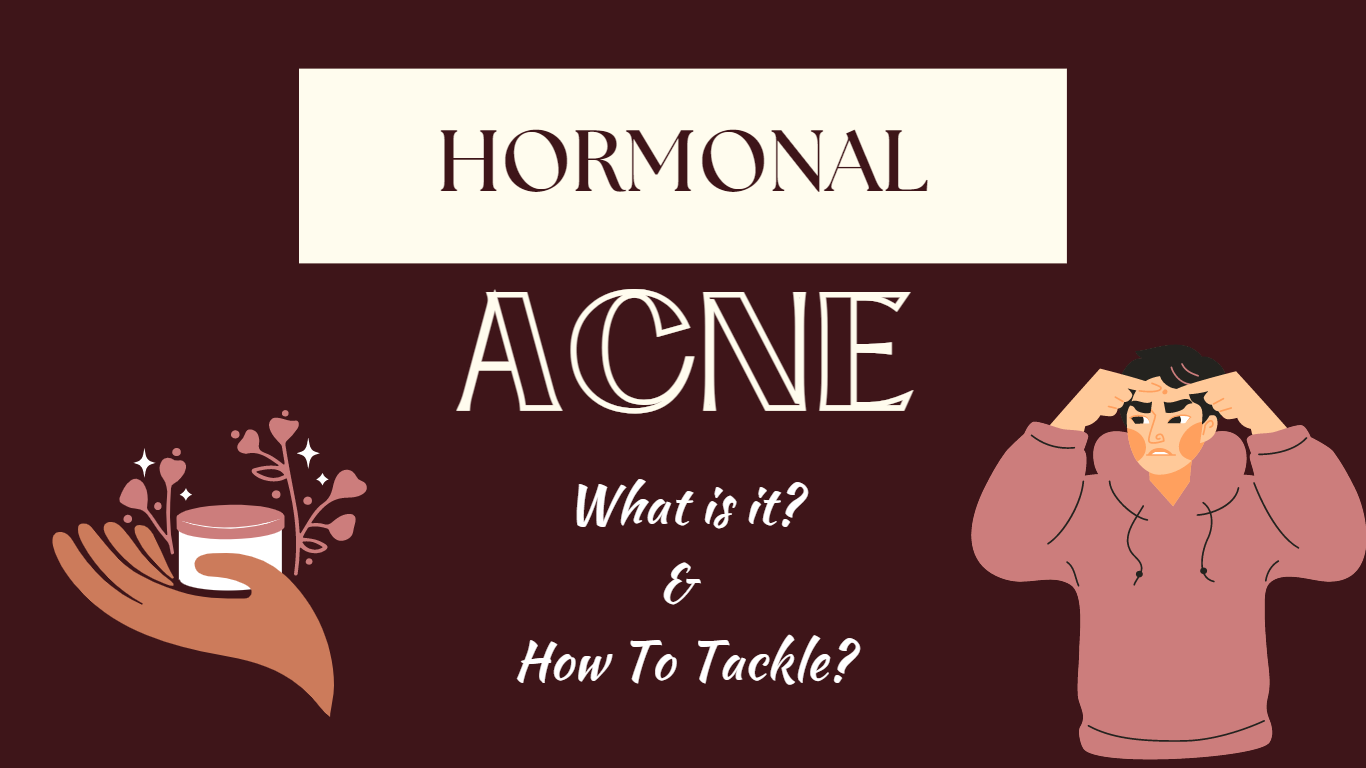A mere thought of acne is enough to send shudder down one’s spine. Majority teenagers, who actually face this condition, will endorse the painful psychological trauma and drop in their self esteem due to acne.
What is Acne?

Acne, also known as Acne Vulgaris in medical term, is a long-term dermatological condition that is caused due to clogging of hair follicles with dead skin cells and oil secreted by sebaceous glands in the skin. It is usually characterized by blackheads or whiteheads, pimples, oily skin, and possible scarring due to inflammation caused due to infection. It predominantly affects the areas of skin which have relatively high concentration of sebaceous or oil glands that includes the face, upper part of the chest, and back.
The severity of acne is classified as mild, moderate, or severe on the basis of its expanse and coverage. In moderate to severe acne, the resulting appearance often leads to anxiety, reduced self-esteem and it may even lead to depression or thoughts of suicide.
Acne is the 8th most common disease worldwide, which affects the adolescents. So approximately 70 – 80% of young generation suffers with this condition on attaining their puberty and bears it through their teen.
What Causes Acne?

The main aspects of acne exacerbation are over secretion by sebaceous glands and resultant clogging of skin pores with the deadly mix of oil and skin debris. This exacerbation is technically known as “Break out”.
Hormones called androgens appear to be the root cause of the acne, as they are known to increase the production of sebum. Another common factor aiding acne is the excessive growth of the bacteria, P.acnes, which is normally present on the skin. The clogged skin pores become happy breeding ground for P.acnes; an anaerobic bacterium that lives commensally on human skin and is involved in the pathogenesis of moderate to severe acne. The anaerobic environment of sebaceous gland helps the bacterium, P. acnes, to convert sebum stored in sebaceous glands into fatty acids that cause inflammation in the nearby skin cells thus aggravating the inflammation that manifests as comedones.
By Now, You Must Have Imbibed The Following Pertinent Points About Acne:
- If you are attaining puberty, you are most likely to get acne.
- Over activity of sebaceous glands is the main starting point of acne.
- Infection of P.acnes aggravates the condition.
Treatment Options For The Acne:
On considering above aspects, it is not difficult to comprehend the process for containment of acne affection by:
- Limit the sebum secretion
- Unclog the pores.
- Limit the population of P.acnes bacteria
Initially, many adolescents, who experience mild acne for first time, try gentle cleansing of the face with Natural Face Wash, to control sebum on the face. When condition worsens, visit to a dermatologist becomes imminent, who choose first-line treatment option such as Salicylic acid containing face wash that helps in correcting the abnormal shedding of cells. In milder acne, salicylic acid helps in unclogging the pores by exfoliating to prevent lesions. However it does not have any effect on sebum production or on the bacterial population, thus limiting its use.
When mild acne exacerbates to moderate acne, then the recommended therapy usually starts with Benzoyl peroxide. Benzoyl peroxide works by destroying the bacterial colony of P.acnes to control acne. However, it does not control sebum production or the shedding of skin follicle cells, therefore offers limited efficacy in the treatment of acne. It is often combined with topical retinol gel that works by increasing the skin cell turnover that unblocks the pore to provide better efficacy than mono therapy.
When acne is not controlled with above treatment options, then Antibiotics are also used in topical or systemic form. Antibiotics work by clearing the skin of acne-causing bacteria P.acnes and thus reduce inflammation. Common antibiotics used topically are Clindamycin, Erythromycin and Lincomycin. Orally, Doxycycline, Tetracycline and Minocycline are commonly prescribed.
Oral Retinoid like Isotretinoin is used for treating severe acne. In severe cystic nodular acne, Isotretinoin is the most effective therapy. It is the only drug that intervenes in all of the causes of acne. It can even clear the severe acne that hasn't responded to other treatments. However, it has severe side effects like depression; therefore it is used very selectively and under strict supervision.




Leave a comment
All comments are moderated before being published.
This site is protected by hCaptcha and the hCaptcha Privacy Policy and Terms of Service apply.